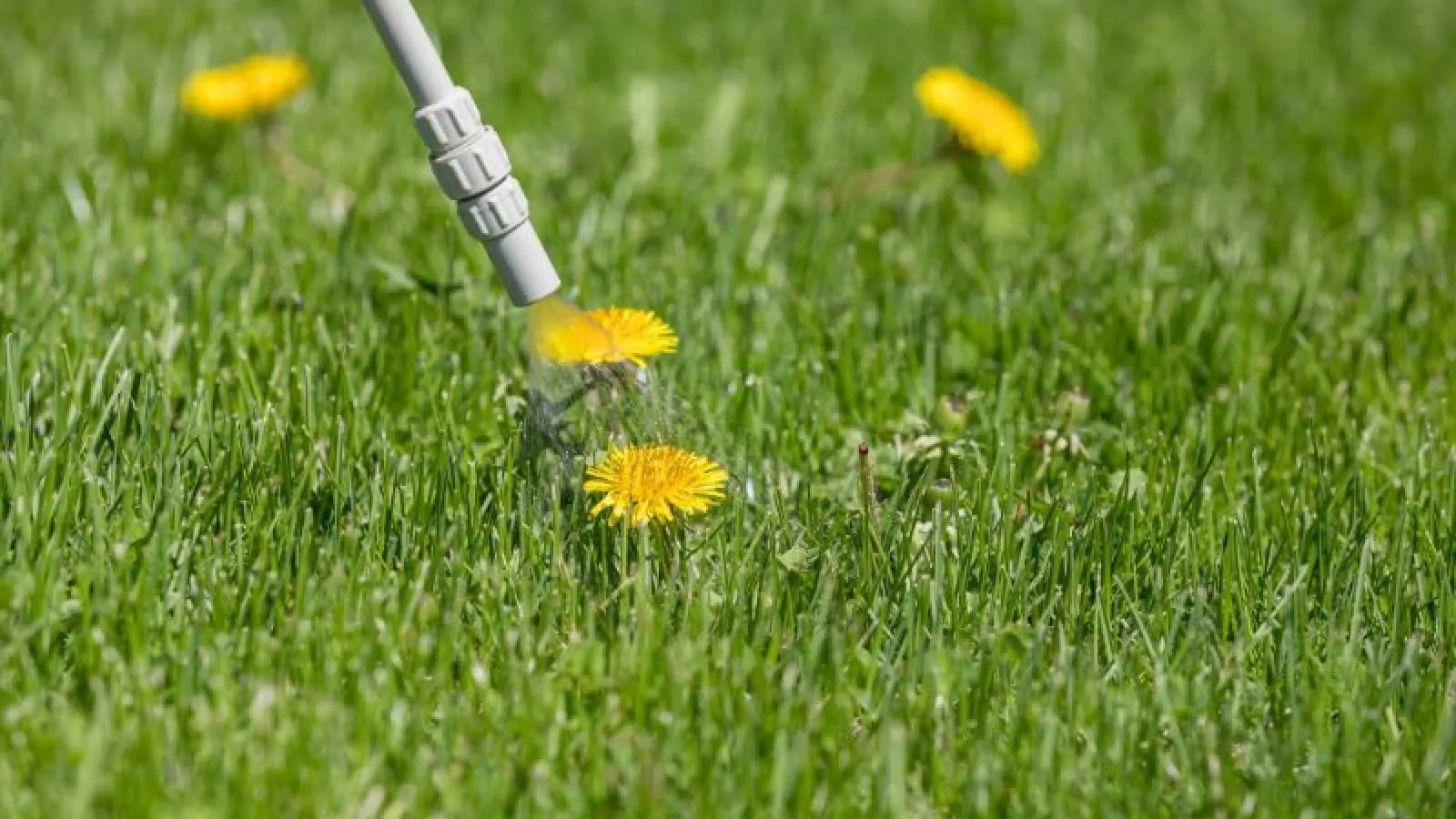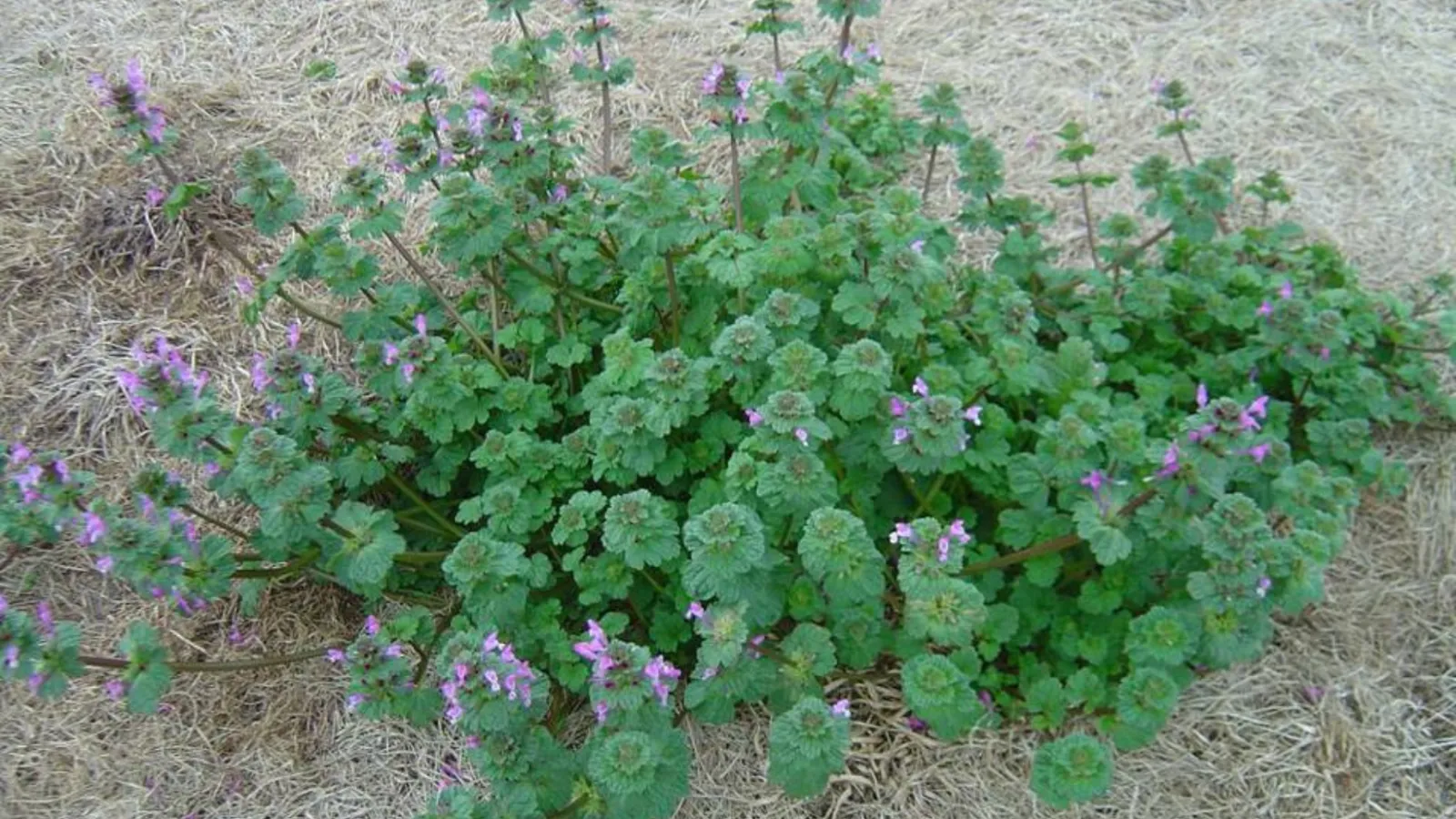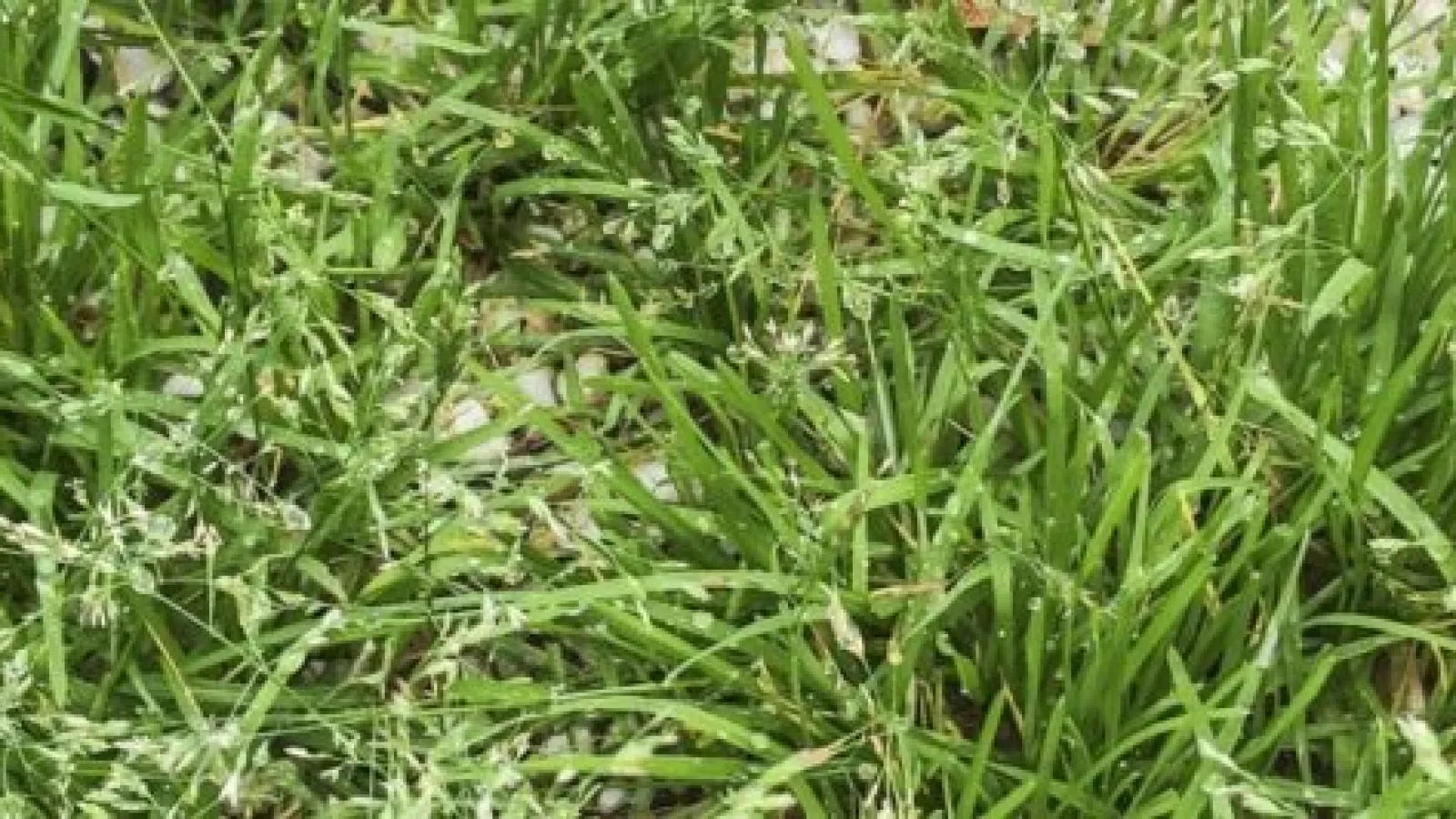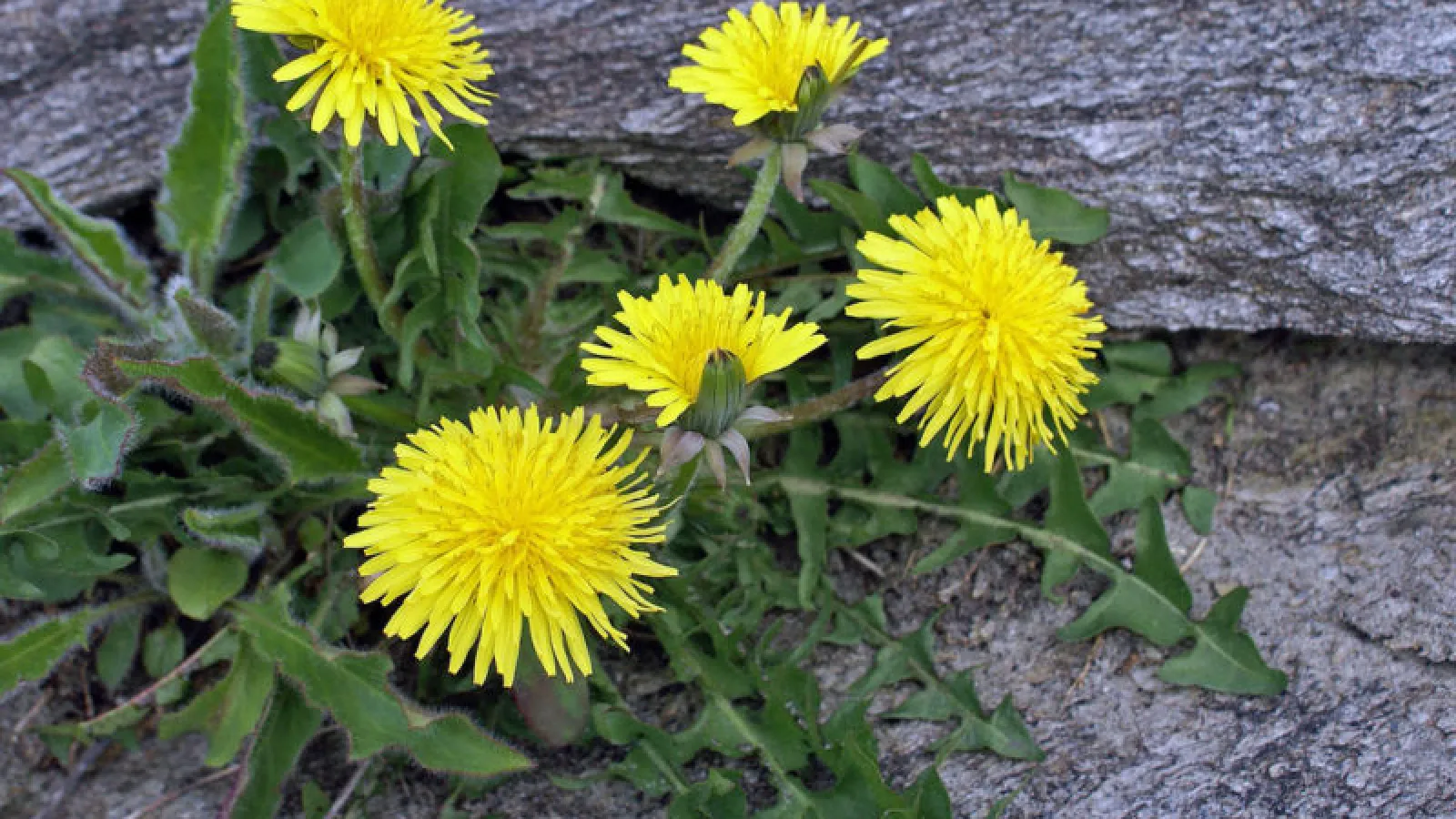
Common Perennial Winter Weeds
There are many threats to having a healthy lawn: fungus, drought, heat, pests, weeds—to name a few. Though the weather has cooled and warm-season grasses are going into dormancy, winter weeds are just becoming active. There are two kinds of weeds: annual and perennial. Perennial weeds grow from established roots and live for more than one year. They regrow from dormant stolons and rhizomes as well as seeds. that establish deep roots and return year after year. Dandelions and white clover are common winter perennial broadleaf weeds.
Dandelions
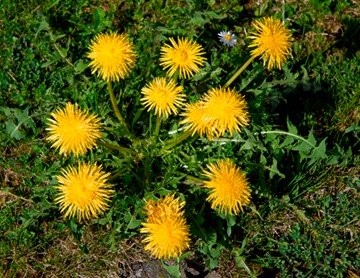
Dandelions are probably the most recognized winter perennial weed. They have deep, lobbed leaves in a rosette pattern. They are best known for their bright, yellow flowers on tall stalks and fluffy seed balls that fly when blown. (You know you did this as a kid.)
Dandelions stay green throughout the summer and will stay in your lawn until killed. They develop deep roots—as much as a foot into the soil. A new plant can regenerate from a severed portion of the root left in the soil. If you attempt to pull a dandelion, make sure you get the entire root so it is less likely to re-sprout.
White Clover
White clover belongs to the legume family and is a low-growing plant with creeping stems (stolons) that produce roots and shoots at joints along the stem. It spreads rapidly by stolons. The leaves on white clover grow in sets of 3 and its flowers are spiky and white with a brownish green center.
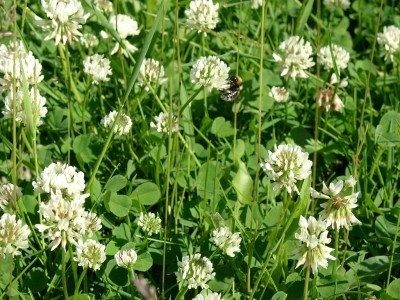
Like other weeds, white clover doesn't like competition. It is typically found in lawns where the grass is thin and weak. It also likes areas of low nitrogen, so making sure your lawn (and flower beds) is well-fertilized will help keep white clover away. All being said, white clover's dense creeping habit enables it to compete well against other broadleaf weeds.
White clover has shallow roots and grows in clumps, so hand pulling is a common and easy way to get rid of this weed. While killing white clover in your lawn is easy, killing white clover seeds is not. The seeds can survive high and low temperatures and can even stay dormant for years before germinating. Because white clover returns each year from seed instead of taproot, it is an "odd" perennial. It is likely that you will have to control white clover every year to get rid of the plants that emerge from the seeds.
Hungry? All parts of the white clover found above ground are edible: leaves, stems, flowers and seed pods. The dried leaves and flowers are slightly sweet and can leave behind a faint vanilla-like flavor. Use them fresh or dried in baked goods or the leaves raw in salads or tea.
Contact A Professional
Winter weeds, including dandelions and white clover, don't like competition. Having a healthy, dense lawn is the best defense against weeds. For a beautiful lawn that is resilient to common winter weeds, contact us for more information about our year-round weed control and fertilization program.
